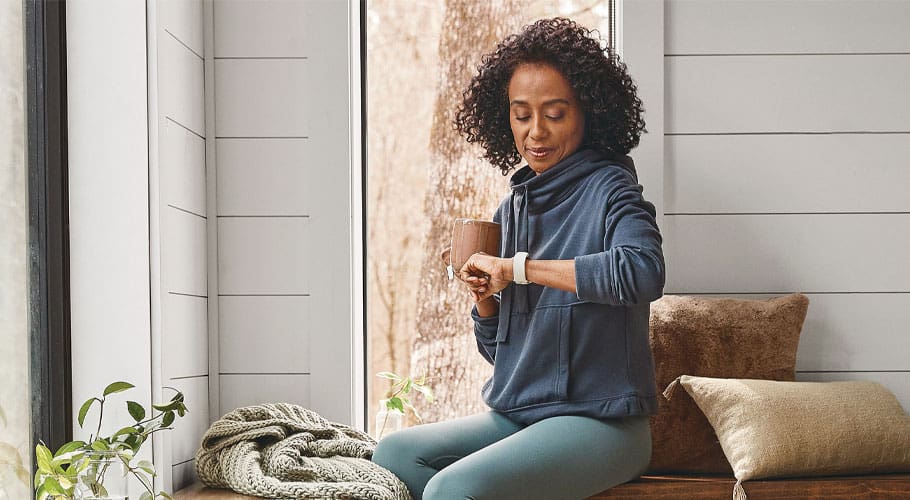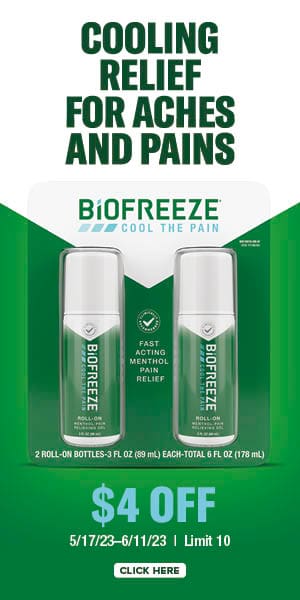Tech Connection

Courtesy of Fitbit
Let’s get personal
How to get the most out of your wearable fitness tracker
by Christine Persaud
Wearable fitness trackers can do more than monitor steps. They can track your heart rate, sleep, respiration, sports activity and more. Digesting the data can be overwhelming, but the insight is invaluable for keeping on top of personal health and wellness. Here are tips to interpret the data and get the most out of a wearable.
Monitor heart rate. Check your heart rate while exercising and aim to reach 50% to 70% (for moderate exercise) or 70% to 85% (for vigorous exercise) of your peak, which is 220 minus your age. That means a peak heart rate for a healthy 50-year-old is 170 beats per minute (bpm), so the maximum should be about 144 bpm while exercising. Watch the number and modify your pace to stay in the right zones. Resting heart rate—the number of times your heart beats per minute—is also important. Review the history to see if your heart rate is trending lower, which indicates your heart function is becoming more efficient, and how it varies.
Check respiration. Oxygen saturation monitors how efficiently oxygen is carried through your bloodstream. The normal range is typically 95% to 100%. Knowing this number can be especially helpful for individuals with sleep apnea; they can observe overnight breathing rates for anomalies and take appropriate steps.
Pay attention to sleep. In deep sleep, your body builds and repairs muscles, bones, tissues and the immune system, while REM sleep plays a role in brain development. Look at the breakdown to determine how well you really slept. Are there lifestyle changes you can make to improve your sleep quality, such as avoiding caffeine and not watching TV too close to bedtime?
Recovery. Fitbit calls it “Readiness Score,” Garmin calls it “Body Battery” and other trackers have their own names for it. They all factor in recent activity, heart-rate variability and sleep to suggest whether you should tackle an intense workout, engage in moderate activity or take a rest day to maximize results.
Altogether, these features provide a holistic view of your overall health and wellness. Historical data in your device’s companion app can help you determine progress toward goals and might prompt you on how, and what, to improve. Explore the app to get the most out of a wearable.
Going deeper
Wearable fitness trackers focus on mental health too, with features like stress monitoring, mindfulness exercises and programs, and one-minute deep-breathing sessions. Some features can be accessed right from the wrist-worn device, others within the app. Some require a subscription, but many are free. Learn what the different models have to offer for both your body and mind to choose the right fitness tracker for you.—CP

© JOHN THOMSON
Christine Persaud is a Toronto-based freelance writer. Her work has appeared in Digital Trends, Reviewed-USA Today, XDA, Android Central and at Wifihifi.com.
Costco Connection: You’ll find a selection of wearables in Costco warehouses and at Costco.com.



